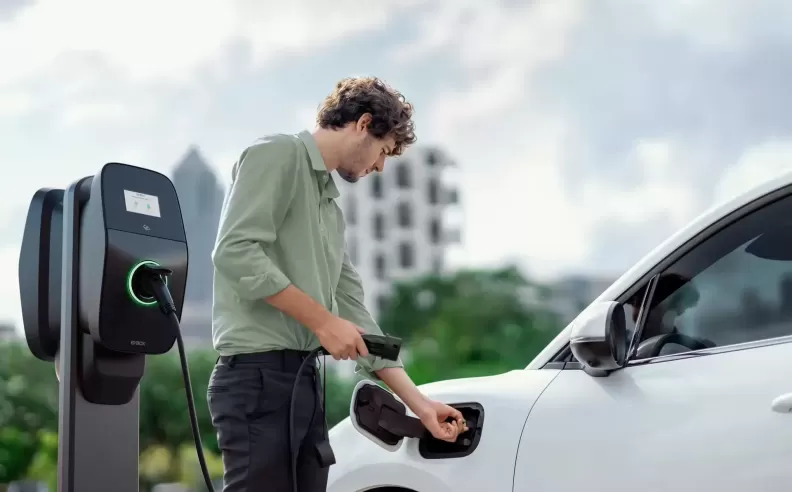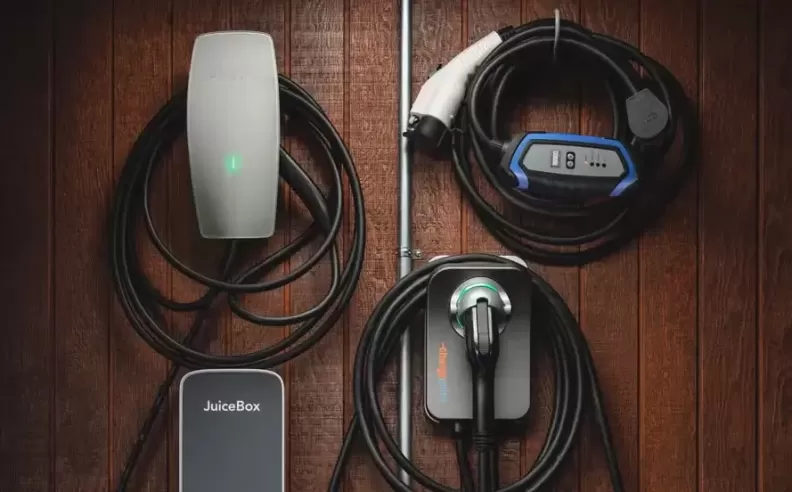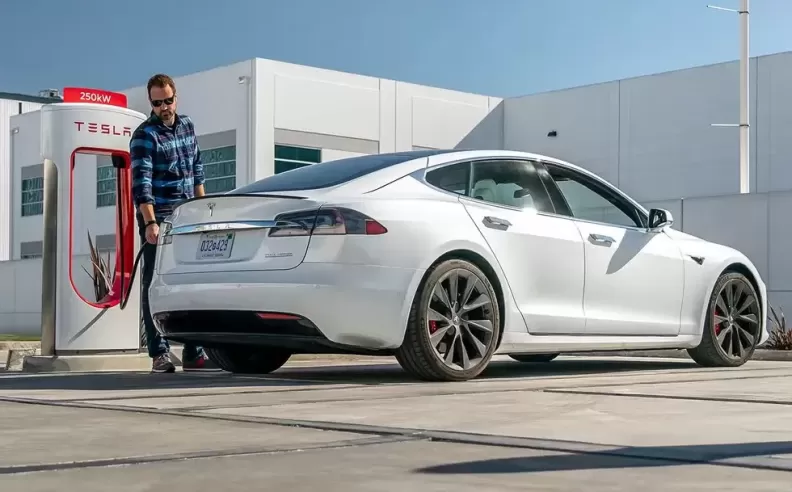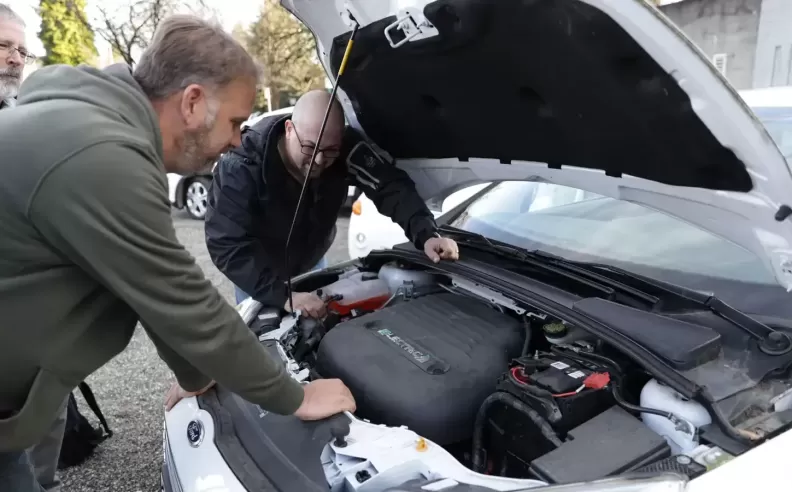
As electric vehicles (EVs) continue to gain popularity worldwide, understanding how to charge them efficiently is essential. While terms like Level 1, Level 2, and DC fast-charging may sound technical, the process is straightforward. This guide simplifies EV charging by breaking down the different levels and explaining how they impact charging time and convenience.

Charging an EV at home is the most convenient option for most drivers, and it can be done using either Level 1 or Level 2 chargers.
Public charging stations also frequently use Level 2 chargers, offering a reliable mid-range charging solution when a fast charger isn't available.

For drivers who need to quickly recharge their EVs, Level 3 charging, also known as DC fast-charging, is the best option. Unlike Level 1 and Level 2, which use AC power, Level 3 chargers supply direct current (DC) power, allowing for significantly faster charging times.
Many fast-charging networks, such as Tesla Superchargers, Ionity, and Electrify Europe, offer extensive coverage, making long EV journeys more practical. However, fast charging is not ideal for daily use, as frequent high-speed charging can accelerate battery wear over time.
By understanding these charging levels, EV owners can make informed decisions on how to keep their vehicles powered efficiently, whether at home, in the city, or on long road trips.

Started my career in Automotive Journalism in 2015. Even though I'm a pharmacist, hanging around cars all the time has created a passion for the automotive industry since day 1.
